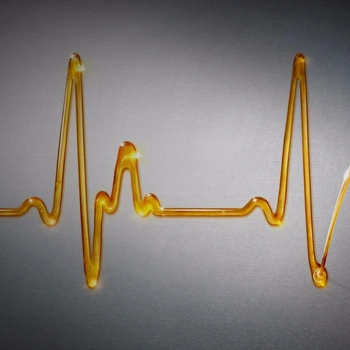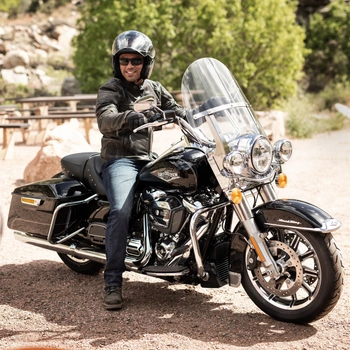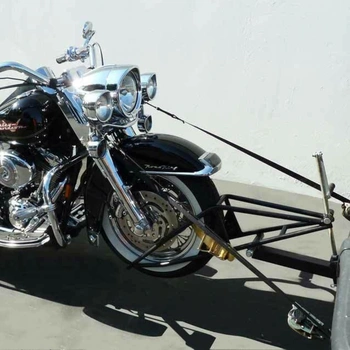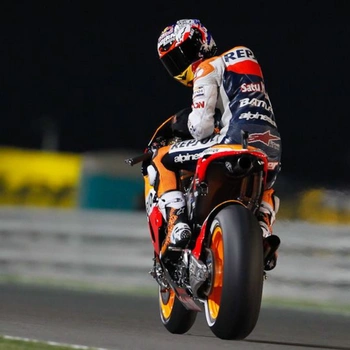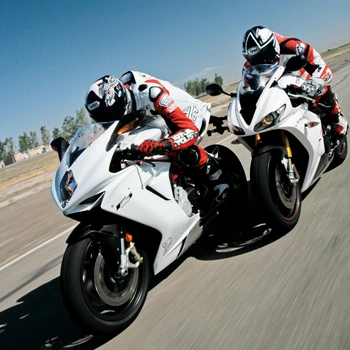
Those few seconds to make quickshifts on a race bike highly affect the performance on the track. This is where every second count and it becomes critical to make quickshifts happen fast to reduce to time for which rear wheel is not powered. Any delay in making these perfect quickshifts can make a racer lose a competition. On average, an experienced motorcyclist takes around 600 milliseconds to make a perfect quickshift.
Our brain’s perceiving power has a lag time i.e, there is a slight difference in when actually an act happens and when our brain perceives it to be happening. This causes a delay in making quickshift and it becomes more delayed due to racer’s concern on other tasks like body positioning, accessing corners and proper lines.
This is why bikes have quickshifters, to make these shifts happen pretty fast, within 50 milliseconds or less. To some, this gives hand to rest over clutch and to some, it’s like being a MOTO GP star. Quickshifters thus eliminates the need for a manual throttling or clutch handling while making shifts. Whatever be the reason, quickshifters now come in more number of bikes and in those without having quickshifters pre-installed, there are many third-party quickshifters available in the market which we will discuss later in the blog.
To let know what actually quickshifting is, let’s discuss what really happens when you quickshift manually. There are two types of gear shiftings, one is upshifting and the other is downshifting. The same categorization applies to the types of motorcycle quickshifters. One type of quickshifter is designed for upshifting and the other one for both upshifting and downshifting. (known as autoblipper, discussed later)
Coming to the sequence of actions while upshifting without any quickshifter:
- To change the gear positioning, the throttle is rolled off or closed
- The clutch is then pulled in to decouple the drive train from the engine by momentarily cutting off the ignition or fuel in the engine. This results in the reduction of engine revolutions and no power flow through the transmission. This gives smoother control on shifting the next gear.
- Once done, the clutch is released to reengage the drive train and throttle is rolled again. Many experienced motorcyclists and racers often cut short quickshift time with a clutchless upshift. Here, the throttle is rolled off to disengage the drive train and select the next gear before getting back on the track.
Now, talking about downshifting, the logic here is completely different from upshifting. Instead, in downshifting, the engine revolutions need to increase without cutting the engine power. Here the throttle is blipped to match the engine revolution with the lower gear, aiding in smooth gear engagement. The quickshifters that assist in downshifts are known as autoblippers.
Now the question is, how how to inform the engine and ECU (Engine Control Unit) about gear change. All it needs is a sensor and accessibility of ECU. In most of the simplest design of quickshifters, the gear shift rod is relaced with another gear rod or fitted in-line with gear rod having a mechanical sensor, which is further connected to the motorcycle’s ECU.
Upon pressure change on the shifter, the sensor senses a pressure change and informs it to the ECU. The ECU then interrupts or cuts the ignition for less than 15 milliseconds. This short time slot gives force to shift the next gear. The ECU here simply replaces the throttling on and off during gear shifting but approximately five times faster than manual throttling.
Some quickshifters employ positional sensing and another pressure sensing. In positional sensing, the gear lever’s physical state is read and informed to ECU while in pressure sensing, pressure change on the drive train is sensed to generate ECU response. In older models of carburated motorcycles, the quickshifter interrupts the engine power by the help of spark cut.
There are many quickshifters available in the market which can be easily installed in the motorcycle to eliminate the need of any manual throttle or use of clutch during gear shifting.
Healtech Quickshifter (iQSE)

Healtech’s quickshifter, iQSE comes with special ring sensor and wiring harness as per the bike specifications. It is easy to install and has options to change the setting anytime via phone or wirelessly. This quickshifter also works in a reverse shift pattern and comes with Bluetooth connectivity. The module is shockproof and weatherproof and requires an Android or iOS app for setup and verification. It supports both ABS and non-ABS models and comes with a 2-year warranty.
Dynojet Quickshifter

Dynojet quickshifter is easy to install and requires no additional wiring. It comes with both standalone kit and pairing with fuel tuner versions, with multiple options for every bike.
All you need to do is plug in into the fuel injector and get geared up for the next quickshift. Dynojet Quickshifter has fast and adjustable shift times. Its standard Plug and Play option is multiple bikes like sports bikes and Harley Davidson’s.
Translogic Quickshifter
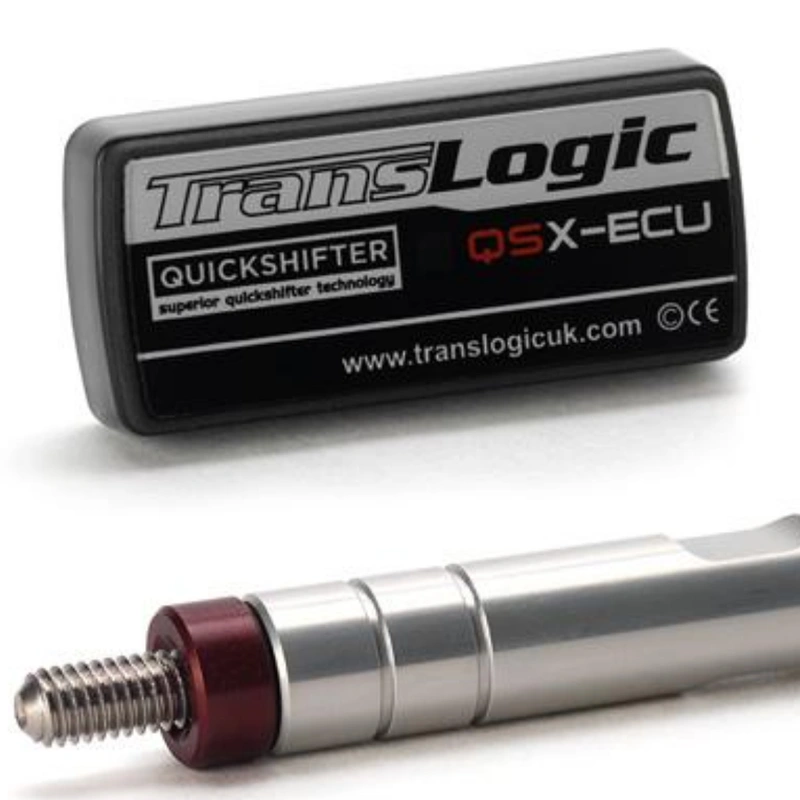
Translogic quickshifter sensor is made of stainless steel and has two interrupt channels for fast quickshifting. It has dual channels for race and road shift pattern and does not require a phone or any app for setup. The setup involves Translogic’s original Dual threads for durability and lightness. Translogic quickshifters are Plug and Play and comes with their own harness and one year warranty. For a system not being Play and Play. the kit is supplied with a crimp tool and waterproof connector. The standard Translogic quickshifter kit comprises of 6 piece tie rod kit or specific to model type. Translogic QSX dual-channel Quickshifter’s ECU is the smallest in the world.


